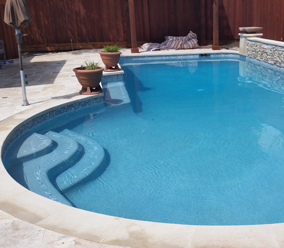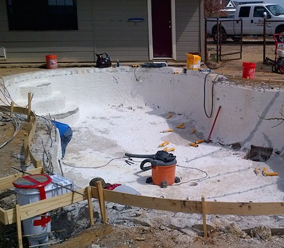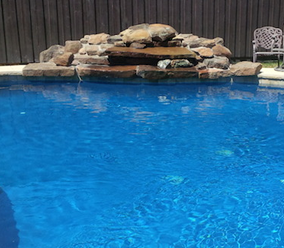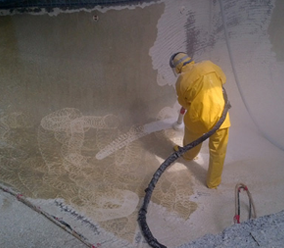As I have previously mentioned, there are many reasons why a pool cracks and what may have caused the cracks to develop. One of the major reasons points to the original construction of the pool. If the soil where the pool was built was not sufficient to support the weight of the pool, the pool will move and crack. Soil in North Texas is known to move. If it is too wet it swells. If it is too dry, it shrinks. If you are a homeowner, undoubtedly have been told to put soaker hoses around your foundation. Do you know why you were told that? If you also have a pool, why has no one told you to do that around the pool as well? Soaker hoses around your home foundation are meant to keep the soil around the foundation moisture consistent. The problem arises when the soil dries out and compacts or shrinks away from the foundation. When this happens there is nothing supporting the concrete. The foundation then shifts or moves and cracks. Why do you think there are so many foundation companies in North Texas? The same problem exists in swimming pools. Which is compounded if a leak develops from the pool cracks.
How do you repair pool cracks? To do so with success you must understand the cracks are a symptom of a larger problem. If you do not address the problem, the cracks will return. There two options for pool stabilization that G&B has utilized with success. We have placed piers in pools to stabilize the shell against future movement. We have also stabilized the soil under the pool to prevent future movement. There becomes a point in crack repair that the soil must be addressed if you expect the pool to become one you can enjoy rather that put up with.









